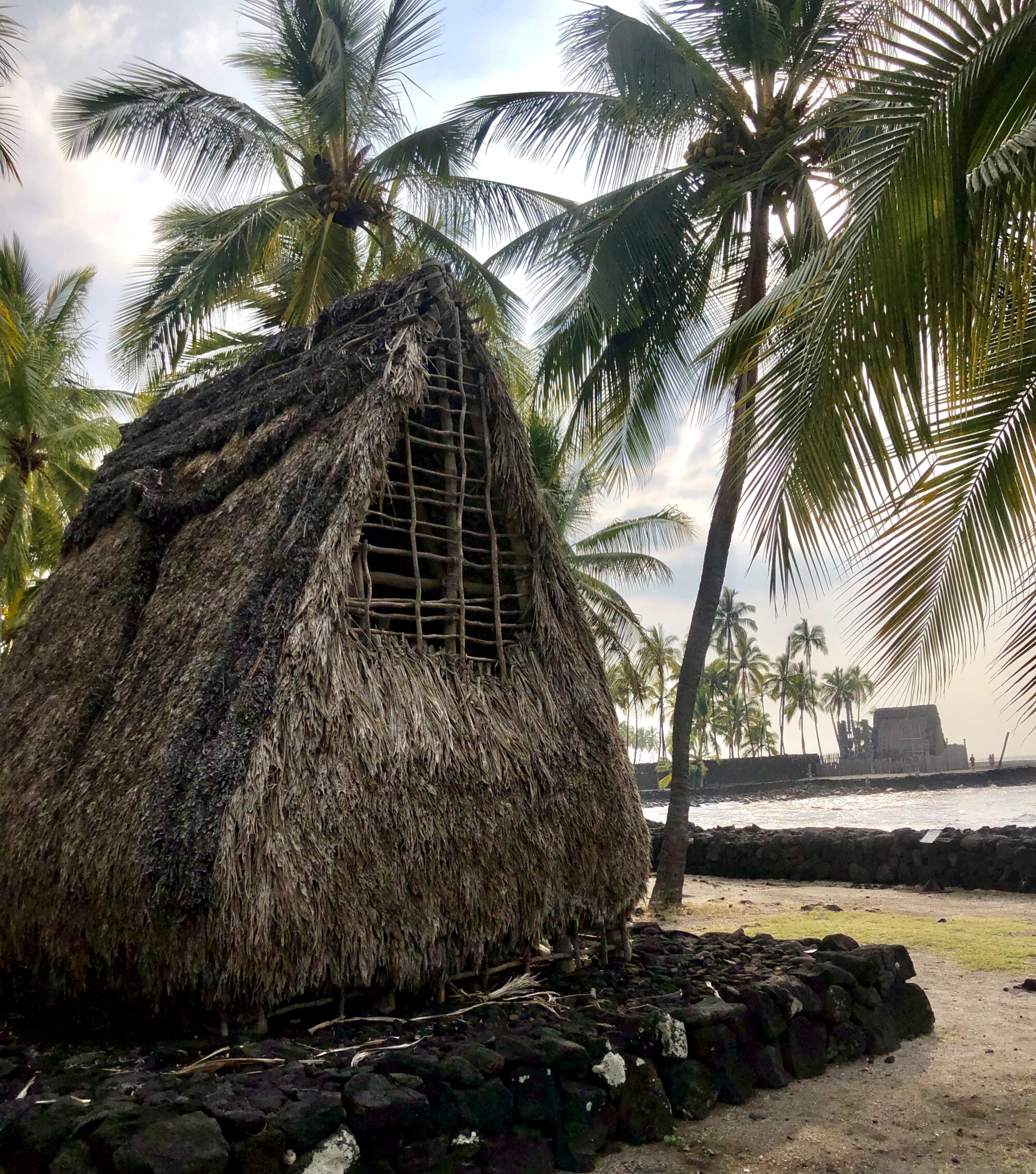Many Americans are embarking on domestic vacations this week, and according to Forbes, the greatest anticipated travel trend for 2021 is a surge in domestic and “staycation” travel.
As we explore the picturesque towns, idyllic countrysides, and beautiful landscapes of the United States, doing our best to consider and reduce the social and environmental impacts of our travels is critically important. Part of ethical tourism is the responsibility to be culturally sensitive and to prioritize the wellbeing of people whose communities we visit. With that goal in mind, we’ve compiled a list of tips to help learn about, respect, and appreciate cultures when traveling.
Learn about Local History & Culture
Read or watch documentaries about the history of a place before you visit and while traveling. For example, with our travels in Hawaii, we really enjoyed the insight that this National Geographic article provided into the effects that colonialism is still having today.
We also love to read fictional novels set in the towns and regions that we visit before we go. This supports local authors, bookstores, and helps us to learn about culture and community in an informal way.
Be Cognizant of Cultural Norms and Sacred Practices
Be sure to avoid stereotypes of, references to, or use of someone’s highly valued or sacred culture in a casual way. For example, while we love to talk about our favorite animals, we never ask about someone’s ‘spirit animal’ which is part of sacred practices in some indigenous cultures. Instead we might ask, ‘what animal do you feel connected to?’ or which animal do you feel is your ‘kindred spirit’ or ‘patronus’?
In Hawai’i, we are always sure to respect landmarks that are labeled “kapu,” a term which in its simplest form means “forbidden,” and is today used to note areas that should be avoided due to their sacred value. You can learn more about kapu here.
Honor Local Languages and Customs
Learn to say ‘hello’ – did you know that different areas of the country say ‘hello’ in lots of different ways? Even if you are traveling in an English-speaking area, it is helpful to learn how people greet each other.
When traveling in a place where several languages are commonly spoken, try learning our five favorite terms: hello, thank you, yes, welcome, and I’m sorry. In Hawaiian these are: Aloha, mahalo,ʻae, e komo mai, and e kala mai i a`u. You can learn more common Hawaiian words and phrases here.
Stay Up to Date on Current Events
Before we travel, we always like to check Google News to learn about current events of the cities and protected areas we plan to visit. When we arrive, we often read the local paper and listen to local radio stations when we are driving around in order to gain additional perspectives.
Honor Indigenous Names
Learn and use local and indigenous names for places or use both local and current names. For example, when I reference O’ahu Hawai’i’s iconic and perhaps most well-known natural landmark (pictured below), I use its Hawaiian name, Lē‘ahi, and add its common name, Diamond Head in parentheses.

Acknowledge Indigenous Land
As avid hikers, it is important for us to both respect the land that we are exploring and to honor the indigenous people who lived on and protected it for centuries. You can use the website native-land.ca to gain an understanding of the history of the area that you are visiting and to learn a little about the indigenous communities that live (or lived) on that land.
Support and Learn from Local Business Owners
When planning your trip, research local businesses that you would like to support during your travels. Seek out the locally owned hotel, locally run snorkeling excursion, and local family owned restaurant, and stop at the roadside shack selling sweet treats or cooking up a delicious plate lunch. If appropriate and not infringing on anyone’s time, talk with local people in these restaurants or other businesses. Ask for their advice about where to eat, and what to experience, and listen to their thoughts about their community(ies).
It can also be educational (and fun) to ask local culture questions, like, ‘What time do people usually eat dinner in this area’?
Visit Cultural Centers and Museums
Local museums and cultural centers provide opportunities for learning and for supporting the local community, and should always be added to your trip’s itinerary. We love both the Bishop Museum and the ʻIolani Palace on Oʻahu for their art, historical presentations, and learning opportunities for people of all ages.

Support Diversity, Equity and Inclusion
Be cognizant of who else is visiting the places that you are enjoying. When you look around, are most of the visitors from out of town? Are you traveling in an area where local youth or families face financial or logistical barriers to visiting? You can support diversity, equity and inclusion (DEI) by donating to local youth centers for field trips to cultural centers and natural places.
Give Back
Research local organizations that work in the area, and check to see if they are hosting any service events during your trip. In many cultures it is customary to give back to the places and communities that you visit, and it is always a best practice to leave places better than you found them.


One of our favorite places to volunteer in Hawaiʻi is Waimea Falls. Their volunteer programs incorporate both environmental restoration initiatives and cultural activities and are enjoyable for people of all ages.
We hope that you found these tips helpful and that you will consider them when planning your next adventure. How else do you make your travel experiences more culturally sensitive? Let us know below!







I would say this was the best blog of the week for me that i have read on tourism. I am a travel freak and love to explore through visiting and through reading different places. Keep sharing more stuff like this so we could learn more.